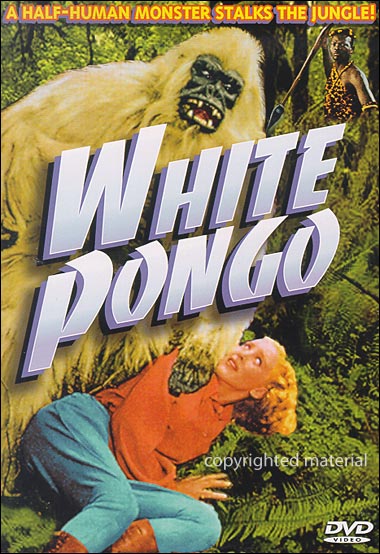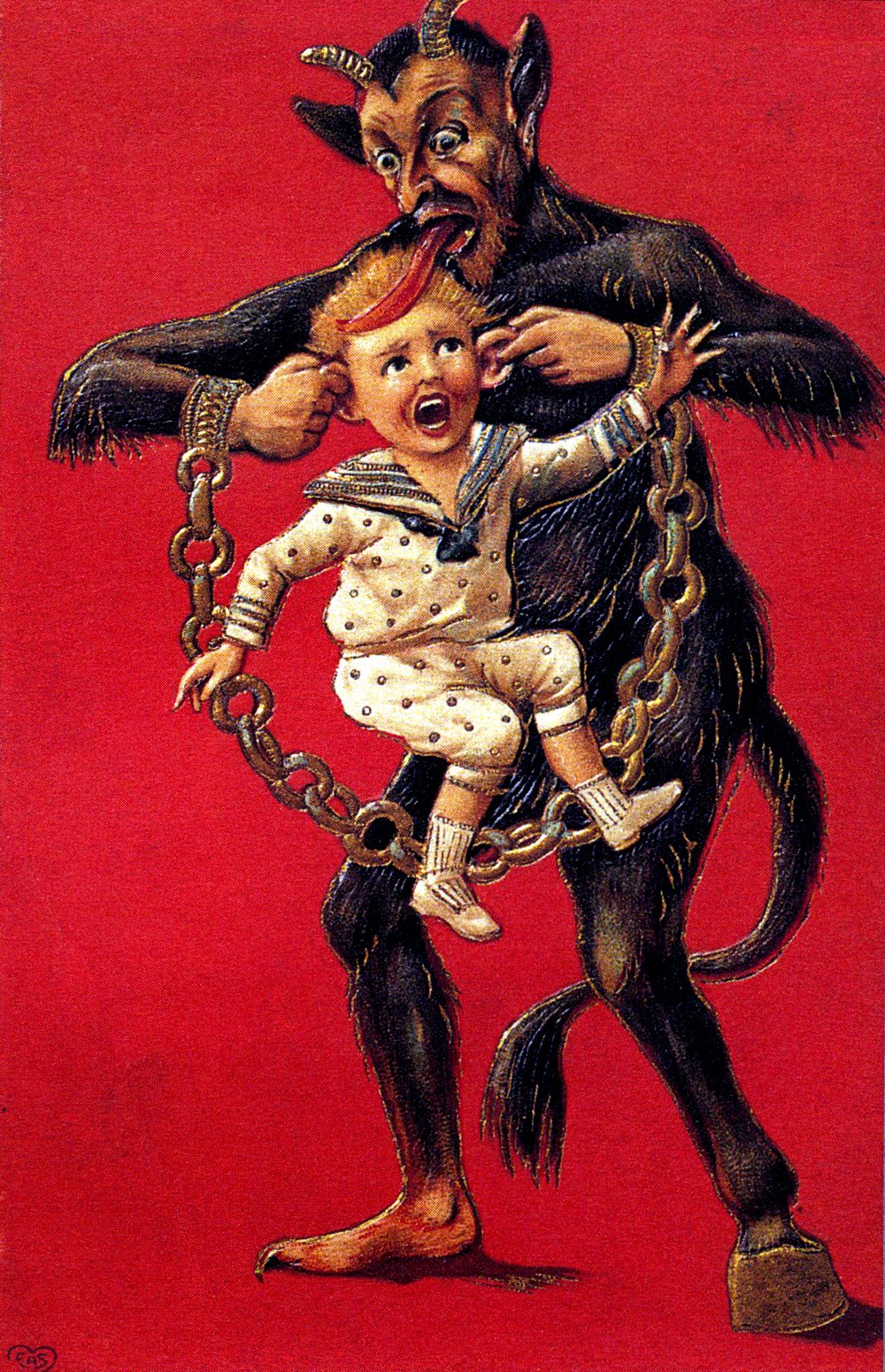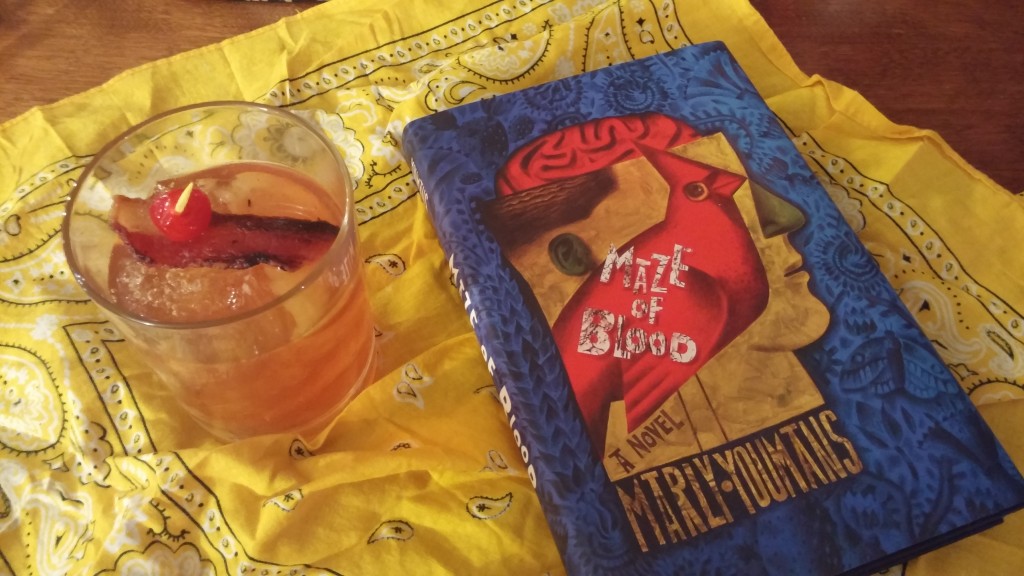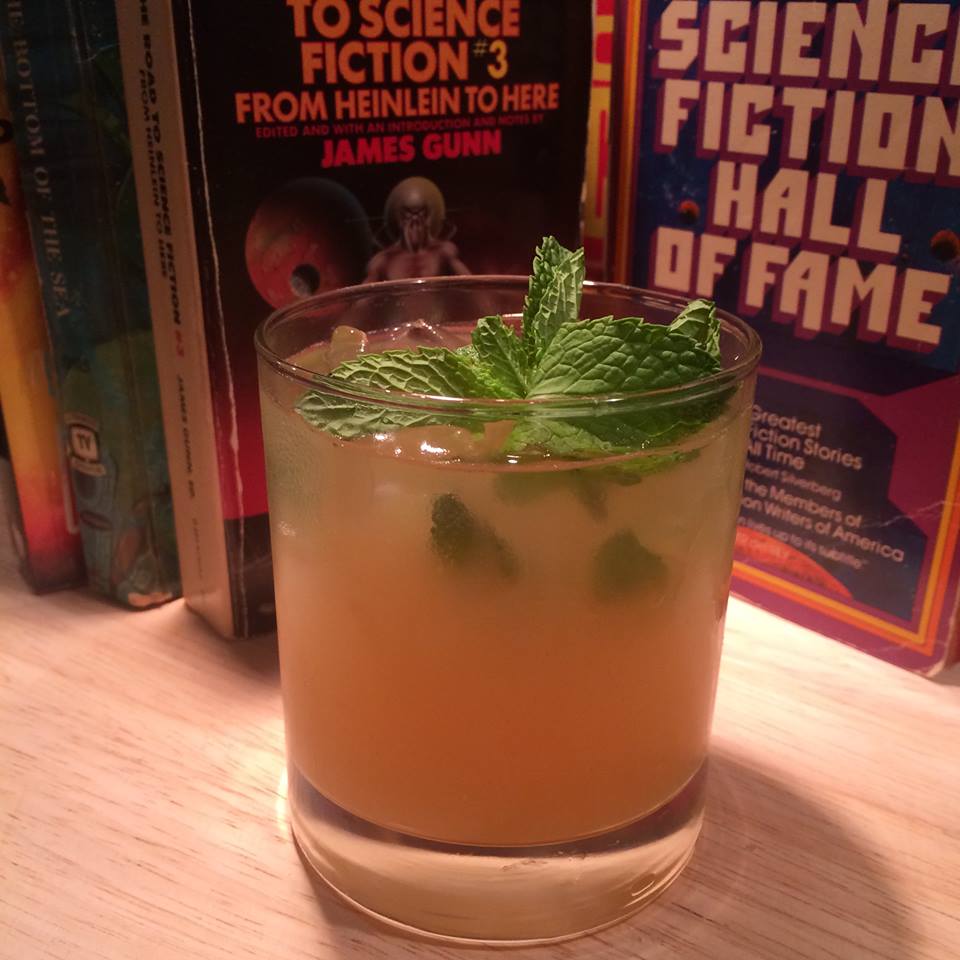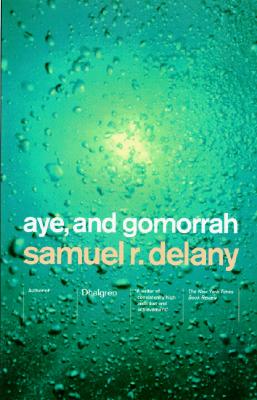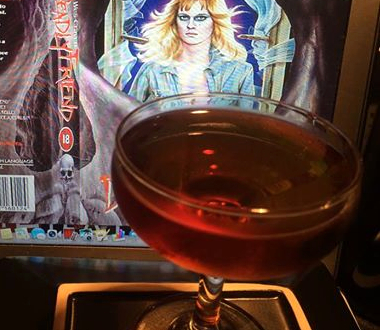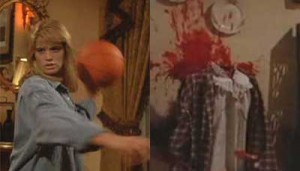By Scott A. Cupp
This is the 148th my series of Forgotten, Obscure or Neglected Films
It’s been a while since we did a good ape film here in the Forgotten Films. (And with this week’s choice, it will still be a while before we have a “good” ape film.) Whenever I am in desperate need of a short, interesting film to review, I go to my collection “Beyond Kong,” which contains eight ape movies. Over the years I think I’ve seen and reviewed four of them, including this one.
White Pongo will never be confused with anything other than a quick B film made cheaply and designed to bring some dollars into the studio coffers. The studio in question being Sigmund Neufeld Productions, headed by Sigmund who produced the film and was the brother to its director, Sam Newfield. Sam is legendary in Hollywood for having turned out somewhere in the neighborhood of 300 pictures in a 30-year career. Turn them out fast and cheap was his mantra.
White Pongo fits that mantra quite well. It has a flimsy story, an expedition trying to find an albino gorilla that might be the missing link, as well as a forced love story/triangle. But the one thing it does have is Ray “Crash” Corrigan in the title role.
Ray Corrigan was one of the best of the Hollywood Gorilla Men who worked in all the B flicks and comedies playing apes and gorillas. Corrigan owned his own suits and worked as a gorilla man early in his career, starting with 1932’s Tarzan the Ape Man with Johnny Weissmuller. Mark Finn could wax poetic for several pages here on the subtleties of Corrigan’s gorilla work. Let’s just say, he was among the best. When he finally retired from stunt work and the gorillas in 1948, he sold his suits to Steve Calvert. His suits lived on longer than he did.
Back to White Pongo. Captured scientist Gunderson (Milton Kibbee, the brother of actor Guy Kibbee) receives help and escapes from a Congo tribe intent on sacrificing him. Their attention is turned when the White Pongo (apparently Pongo is their word for gorilla) kills some of the tribesmen. Gunderson escapes with some scientific journals and manages to make it back to civilization, but in a bad physical state. He is delirious, but the journals interest Sir Harry Bragdon (Gordon Richards). Sir Harry organizes an expedition with his daughter Pamela (Maris Wrixon), his secretary Clive Carswell (Michael Dyne), a friend Baxter (George Lloyd) and guide Hans Krobert (Al Eben). Kobert has a native guide working for him named Mumbo Jumbo (Joel Fluellen). Among the safari workers is Bishop (Richard Fraser). Pamela takes an interest in Bishop, to the annoyance of Carswell, who has his own plans for Pamela. This leads to a confrontation when Pamela, at one of their rest stops, whips out her fanciest cocktail dress and entices Bishop to kiss her. Of course, this happens just as Carswell enters. One quick punch and Carswell is down, but Sir Harry does not like the help associating with his daughter.
There’s a lot of stock footage of animals and rivers. Apparently much of the film was shot at the Los Angeles County Arboretum and Botanical Garden. The plot meanders with a double cross, a kidnapping, murder, mad monkey kung-fu fighting and more. One of those items may have been a hallucination.
Anyway, if you like gorillas, you want to see this. If you don’t, you should probably stay away. It makes less sense than an episode of Jungle Jim. But there is a fight between a black gorilla and the albino. You get to see the girl slung over the shoulder of Corrigan. Ray shambles through the jungle as only he can.
IMDB points out a weird inconsistency that I noted as the film went on. “Pongo” is apparently the native word for Gorilla. But the natives all say “Ponga,” not “Pongo.” Newfield was noted for being a one-take director so you can guess how many retakes he made here.
Anyway, I had fun. My wife stayed in the other room, so I know how much she would have enjoyed this one. Not. You should check it out, but be aware; mileage on gorilla films has been known to vary widely. And objects in the rear view mirror are really a lot closer than you think.
Have a great new year and we will see you in 2016.
Series organizer Todd Mason hosts more Tuesday Forgotten Film reviews at his own blog and posts a complete list of participating blogs.

